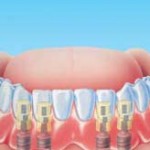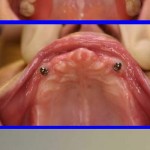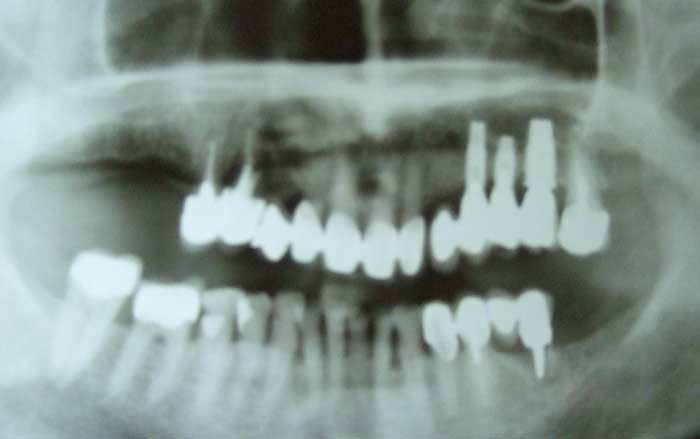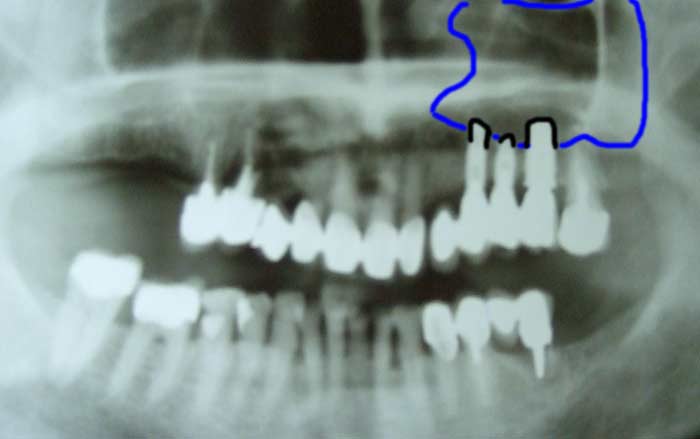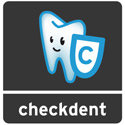Which therapy is appropriate for me-root canal treatment or an implant?
There are endless horror stories about “dead” teeth, meaning root canal treatment was performed. But: There are no such things as “dead” teeth. The tooth is a mineral and thus “lifeless”.
The tooth has a connective tissue- pulp. If the pulp gets infected, e.g. caused by cavity, a root canal treatment should be performed. If a bad root canal treatment is performed- without a coffer dam, visual augment and sterile endo box- the root treated tooth is like poison for the body!
–
A well treated root canal on a tooth can last a whole life!
The sealing of the tooth by the crown is also important-e.g. with a ceramic inlay or a crown. If the canals are well cleaned and filled as well as the ingresses are sealed by inlay or crown, the success rate of the whole procedure is pretty good. !
–
Usually this treatment is very expensive, which lead us to the headline. It can cost 700€-1500€-prognosis and thus durability should bear in relation to the effort.
–
If there are more problems (bone loss, heavy convoluted canals, focus on the root tip, big fillings) a tooth needs to be extracted. In this scenario an implant might be the solution. Remember:
-Heavy s
If you are a heavy smoker or you don´t like mouth hygiene that much, then a tooth implant is probably not the best choice, you try to save the tooth intensively.
–
The anamnesis is important in the decision making what is the best treatment-implant or root canal treatment; it varies from case to case.
–


